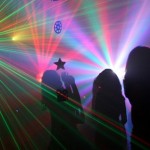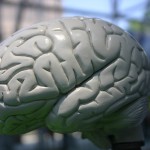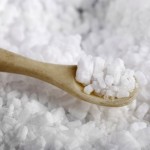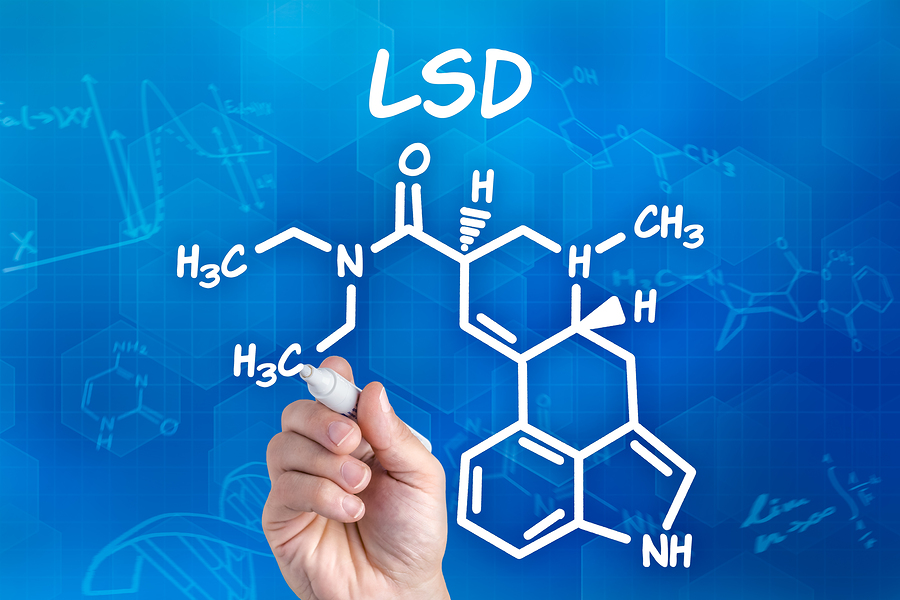
In the 1940s, Swiss chemist Albert Hoffmann discovered the mind-altering properties of LSD, a semi-synthetic drug derived from a fungus. The psychoactive effects of LSD (lysergic acid diethylamide) made it a powerful tool for the psychiatric community in the 1950s and 1960s, when it was used to open the patient’s mind to the effects of therapy. However, when the LSD became associated with the counterculture movement of the 1960s, federal agencies began to oppose the use and investigation of the drug. In the late 1960s, LSD was made illegal.
LSD causes extreme distortions of consciousness by altering the way the central nervous system responds to serotonin, a neurotransmitter that affects emotions, sensory perception, and motor coordination. This psychedelic drug is still classified as a Schedule I controlled substance because of its potentially dangerous effects on the human mind.
But the federal ban against LSD hasn’t stopped recreational users from experimenting with this drug. In spite of the devastating psychological, physical and legal repercussions of using LSD, millions of people have continued to use it — often with tragic results.
How Is LSD Abused?
According to The NSDUH Report, the results of a nationwide survey show that in 2006, close to 23 million Americans over the age of 11 (nearly 10 percent) reported that they had used LSD at least once in their lives. Within the past year, approximately 700,000 had used this hallucinogenic drug.
LSD is produced illegally in chemical laboratories and distributed in liquid or tablet form. The liquid is often used to saturate colorful squares of paper, known as “strips” or “tabs,” which are placed on the tongue. The small tablets, known as “microdots” are taken orally. Known on the streets as “acid,” “dots,” “doses,” “blotter,” “California sunshine” and “Loony Tunes,” this drug produces a variety of psychedelic side effects, including:
- Visual and auditory hallucinations
- Distortions of time and space
- Alterations in depth perception and shape
- Delusional beliefs
- A sense of euphoria
While some of these hallucinatory experiences can be mystical, beautiful or enlightening, many are terrifying. LSD users have experienced panic attacks, outbursts of aggression, and self-destructive impulses while under the effects of this drug.
Side Effects and Health Risks
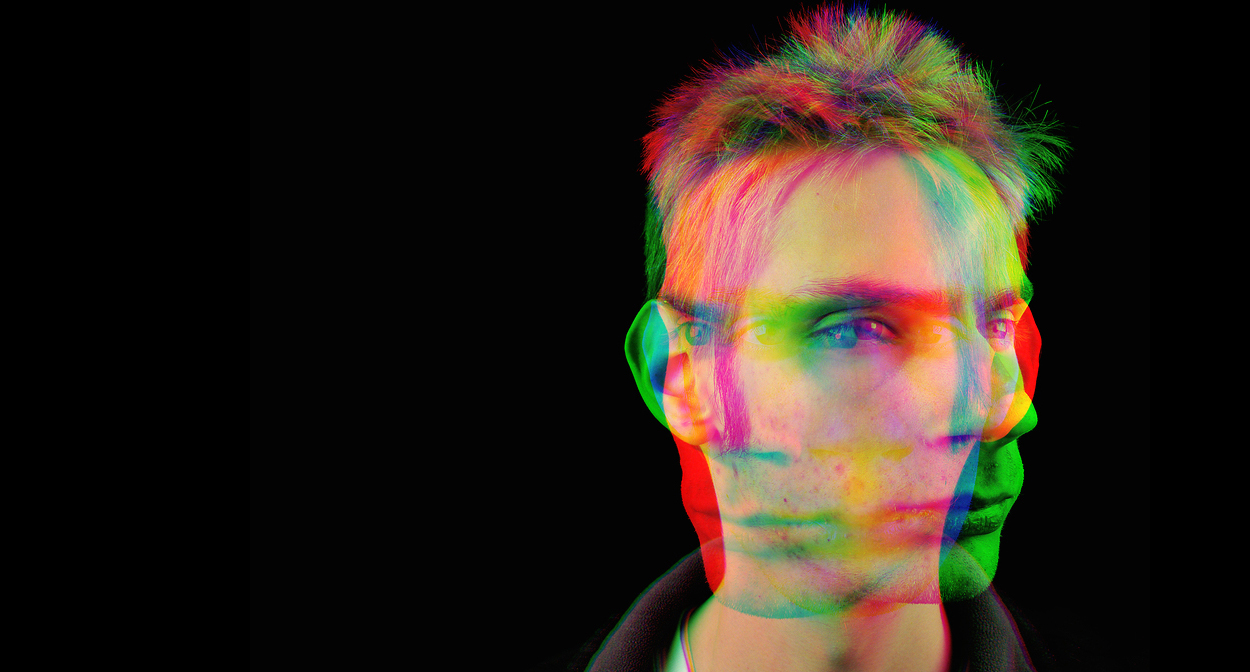
The psychiatric side effects of LSD don’t always end when the “acid trip” is over. Flashbacks, or a recurrence of hallucinatory experiences, can occur months or even years after using LSD. Therapeutic Advances in Psychopharmacology reports that a condition called hallucinogen-persisting perception disorder (HPPD) occurred in a 33-year-old woman who had taken LSD for a year 15 years earlier.
Unlike flashbacks, which happen on an occasional, intermittent basis, HPPD symptoms are more persistent. People with HPPD have permanent sensory disturbances, such as visual distortions, alterations in depth
perception, or difficulty distinguishing colors. HPPD can interfere with daily activities like driving, working and recreation. The visual alterations of HPPD can become extremely disturbing, causing depression, anxiety and functional impairment.
Since ancient times, humans have used psychedelic chemicals — many of them derived from plant sources — to alter their consciousness and enhance spiritual experience.
But people who abuse LSD today may not be aware that the drug can have dangerous effects on the body and mind, such as:
- Alterations in body temperature
- Rapid heart rate
- High blood pressure
- Loss of motor coordination
- Dry mouth
- Cognitive impairment
- Anxiety attacks
- Terrifying hallucinations
- Psychotic episodes
- Nightmares
- Flashbacks
Warning Signs of Abuse
Like many other synthetic psychedelic drugs, including Ecstasy, LSD is often found at clubs, raves or underground parties. Teenagers who suddenly start hanging out with a “new” crowd and staying out all night may be exposed to LSD. Neglecting family members, old friends and favorite activities is a common sign of drug abuse.
LSD does not typically cause the hallmark symptoms of addiction, such as compulsive drug-seeking behavior, drug withdrawal, and repeated failures to quit. However, the National Institute on Drug Abuse notes that long-term LSD use can lead to tolerance, or the need to take higher doses of the drug to get the same hallucinogenic effect. Warning signs of LSD abuse include:
- Severe confusion and disorientation
- Inexplicable mood swings
- Changes in the perception of time or space
- Delusional thinking
- Visual disturbances, such as halos of light around objects
- Profuse sweating
- Insomnia
- Unintentional weight loss
- Panic attacks
- Nightmares

Getting Help for Hallucinogen Abuse
For centuries, people have been fascinated by the hallucinogenic power of psychedelic substances. But LSD abuse can cause serious problems in the modern world, including dangerous accidents, social marginalization, legal problems, psychotic episodes, and broken relationships.
At Axis Treatment Centers, we provide comprehensive rehab services for people who’ve gotten caught in the trap of hallucinogenic drug abuse. Instead of offering a “cookie-cutter” approach to recovery, we create individualized treatment plans based on each client’s unique needs. For a confidential assessment and questions about our services, call our toll-free number today.


